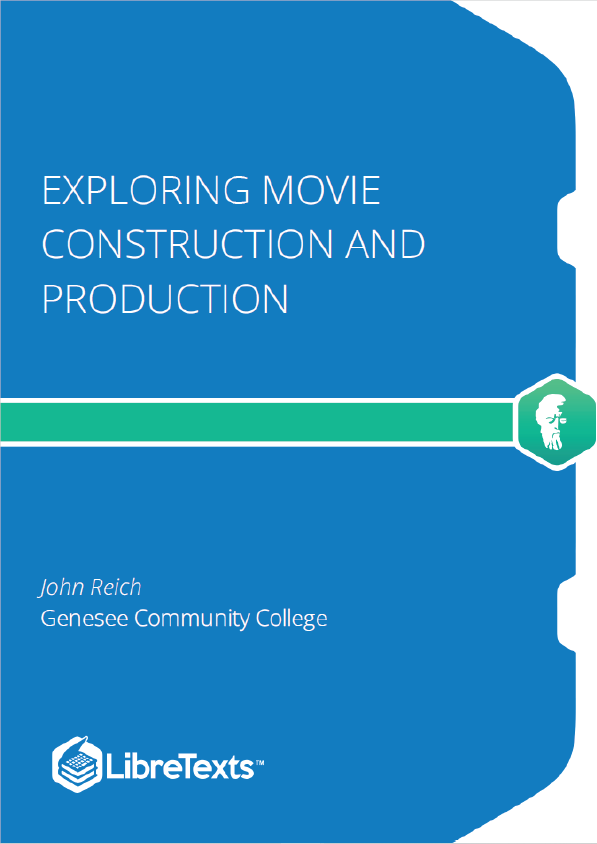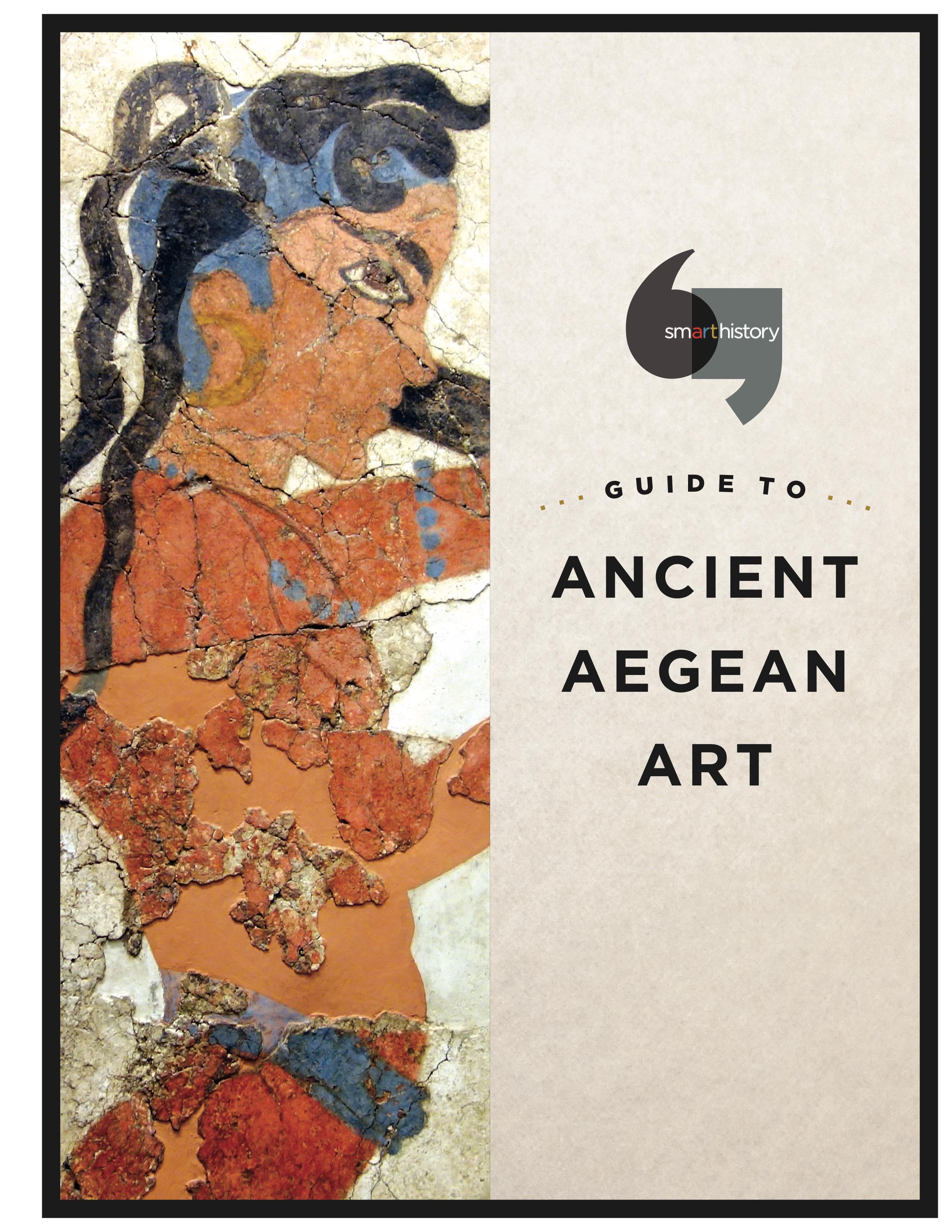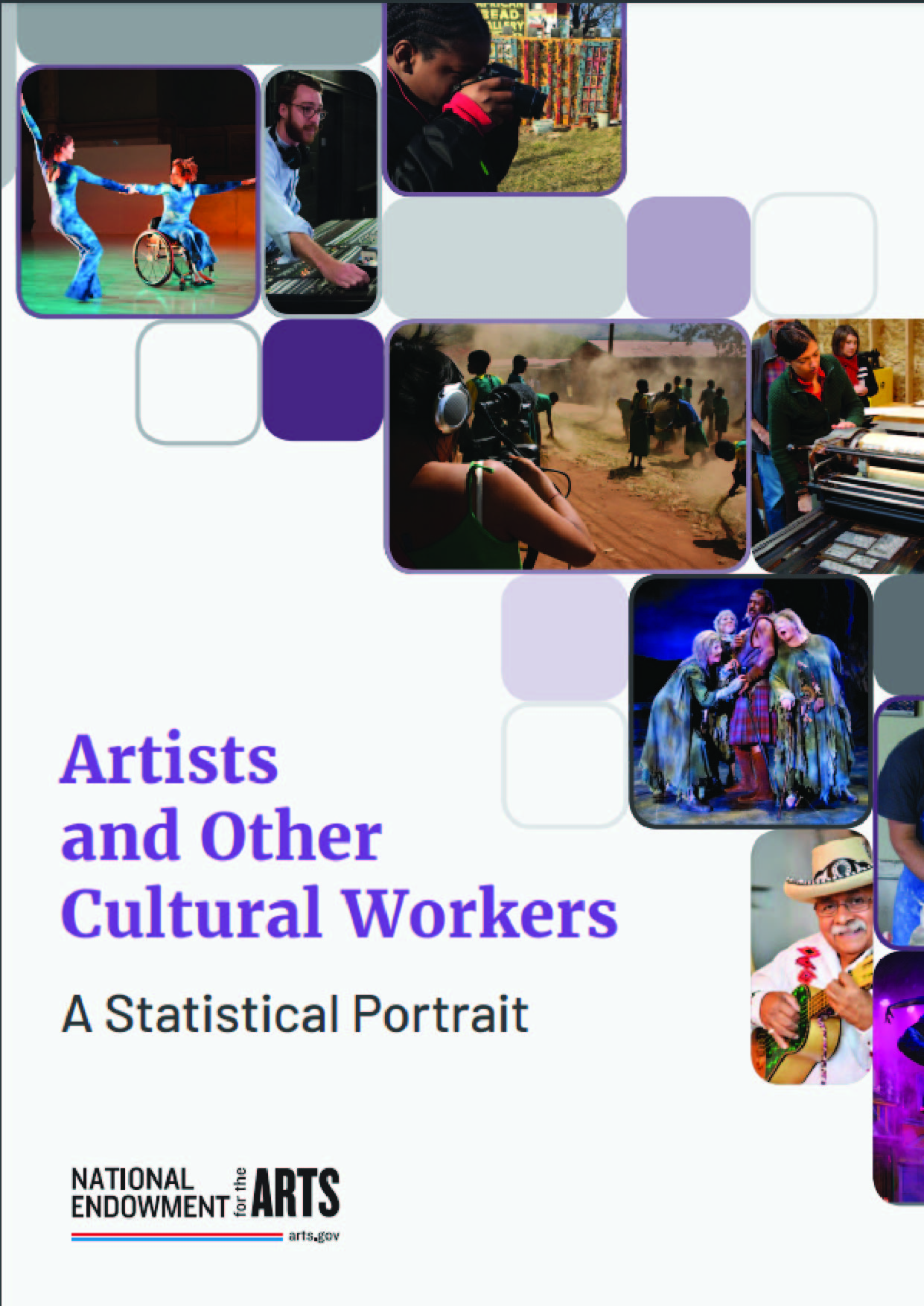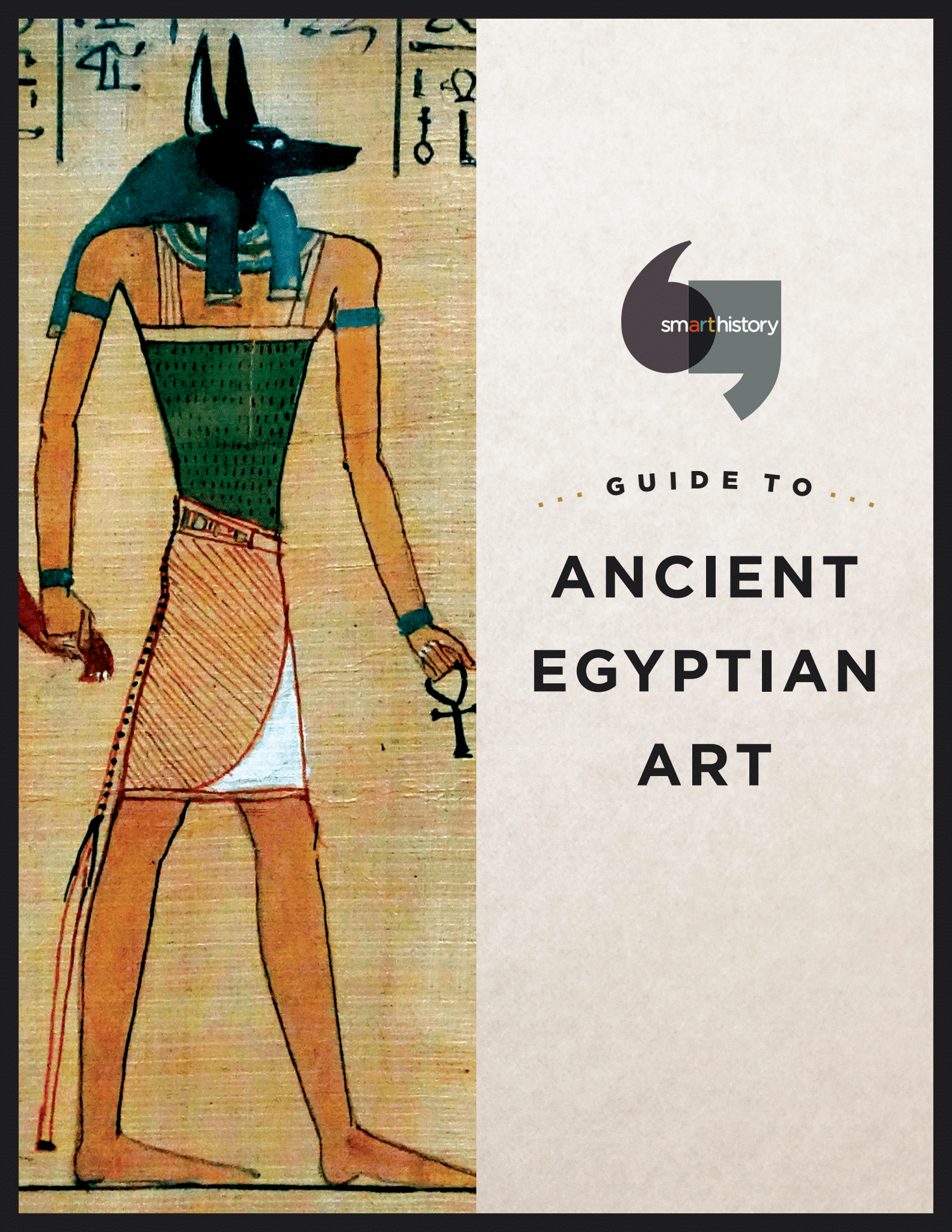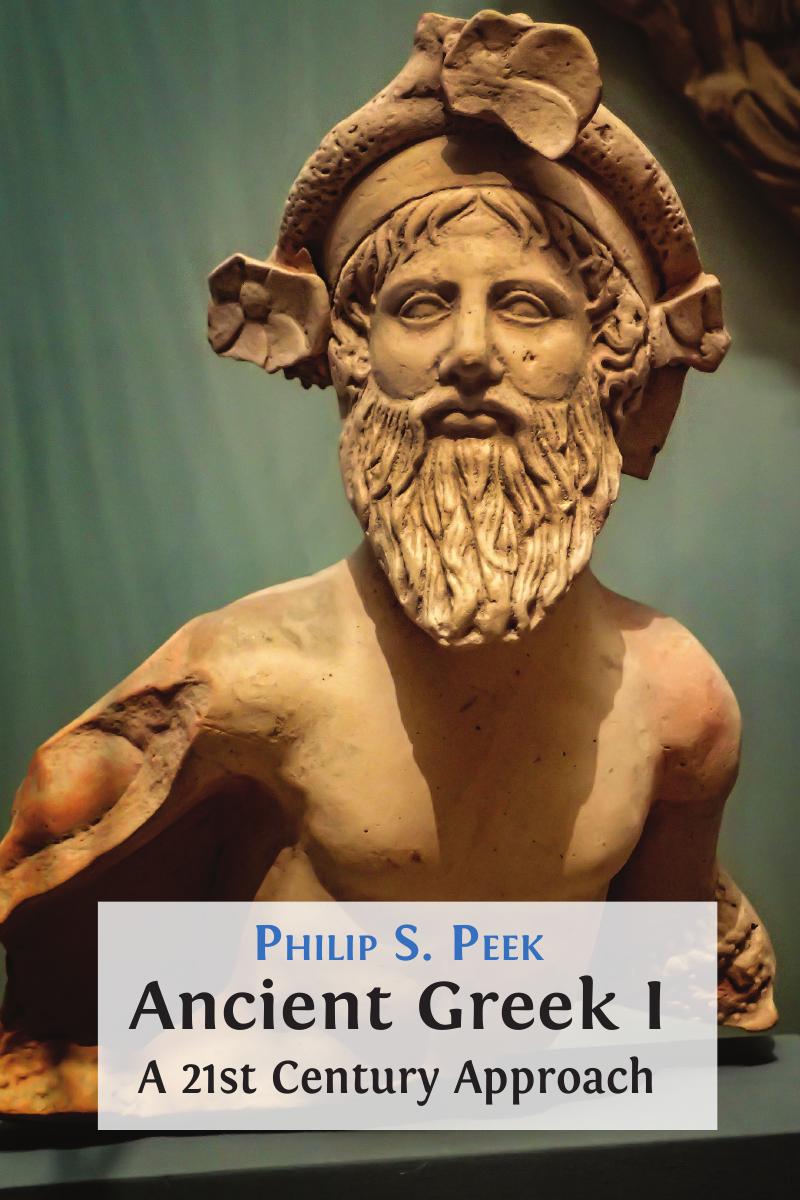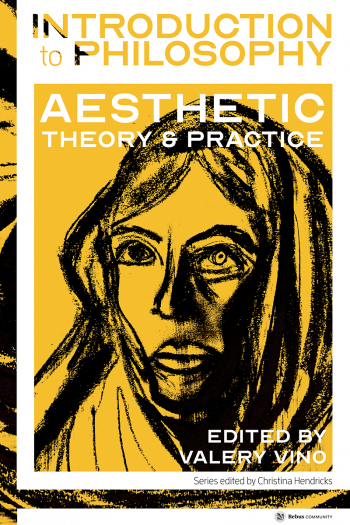Exploring Movie Construction & Production contains eight chapters of the major areas of film construction and production. The discussion covers theme, genre, narrative structure, character portrayal, story, plot, directing style, cinematography, and editing. Important terminology is defined and types of analysis are discussed and demonstrated. An extended example of how a movie description reflects the setting, narrative structure, or directing style is used throughout the book to illustrate building blocks of each theme. This approach to film instruction and analysis has proved beneficial to increasing students’ learning, while enhancing the creativity and critical thinking of the student.
The theme is the heart of the movie. The movie is regulated by the theme. The theme is why people go to the movies. It is not because of the characters, story, plot, cinematography, or genre. All of these elements are regulated by the theme. They demonstrate how the theme is displayed, yet most people do not know or understand what the theme is when they go to see a movie and when they discuss the movie afterward. The producer, who does the hiring and firing of employees and finds the money to make the movie, picks the theme. Once the producer picks the theme for a movie, he or she will hire a writer, to create the theme, and a director, to express the theme on film. Or, the producer can look through completed scripts to find a script that exemplifies his or her preferred theme.
By the end of the construction of the theme, the script will contain a story or action plus a plot. Both of these elements, combined, produce the character development, which yields or reflects the theme. Essentially, all aspects of the movie revert back to the theme.
A short definition for the theme is: Story (Action) + Plot = Character Development Yielding the Theme.
The above elements of the story, plot, and character development give meaning to the theme. These elements, as well as being discussed with regard to the theme, will be discussed from different viewpoints in succeeding chapters. The theme—or idea or premise—of a movie can be expressed in one sentence. It may seem unusual that the purpose of a multimillion- dollar movie project begins with one sentence, and it may seem unusual that, at the end of the project with the completed movie, it all boils down to one sentence, but it really does.
Examples of themes can be analyzed by the period or decade in which a movie was made. Themes, and the resulting movies, are often a product and reflection of the social, economic or political climate of that time in history.
The importance of the theme cannot be overemphasized. The whole purpose and perspective of a movie is transformed when the theme changes.
Beginning with the early part of the 20th century, we will go through the different decades of the century into the 21st century, and we will briefly discuss the history of American society, in general, and how themes and, ultimately, movies changed during the century. This discussion will enable you to better understand how the actual construction of a movie changes in order to gain acceptance by the public.
Movie acceptance is based on themes. The themes indicated throughout this chapter change and develop. Seeing this change and development will help students understand themes and why movies are the way they are in the modern age.
Let’s take a quick run through the decades with Jack and Suzie to see how they and their stories changed as history and society changed. We can speculate about how the producer determined the best way to demonstrate themes through the decades.
